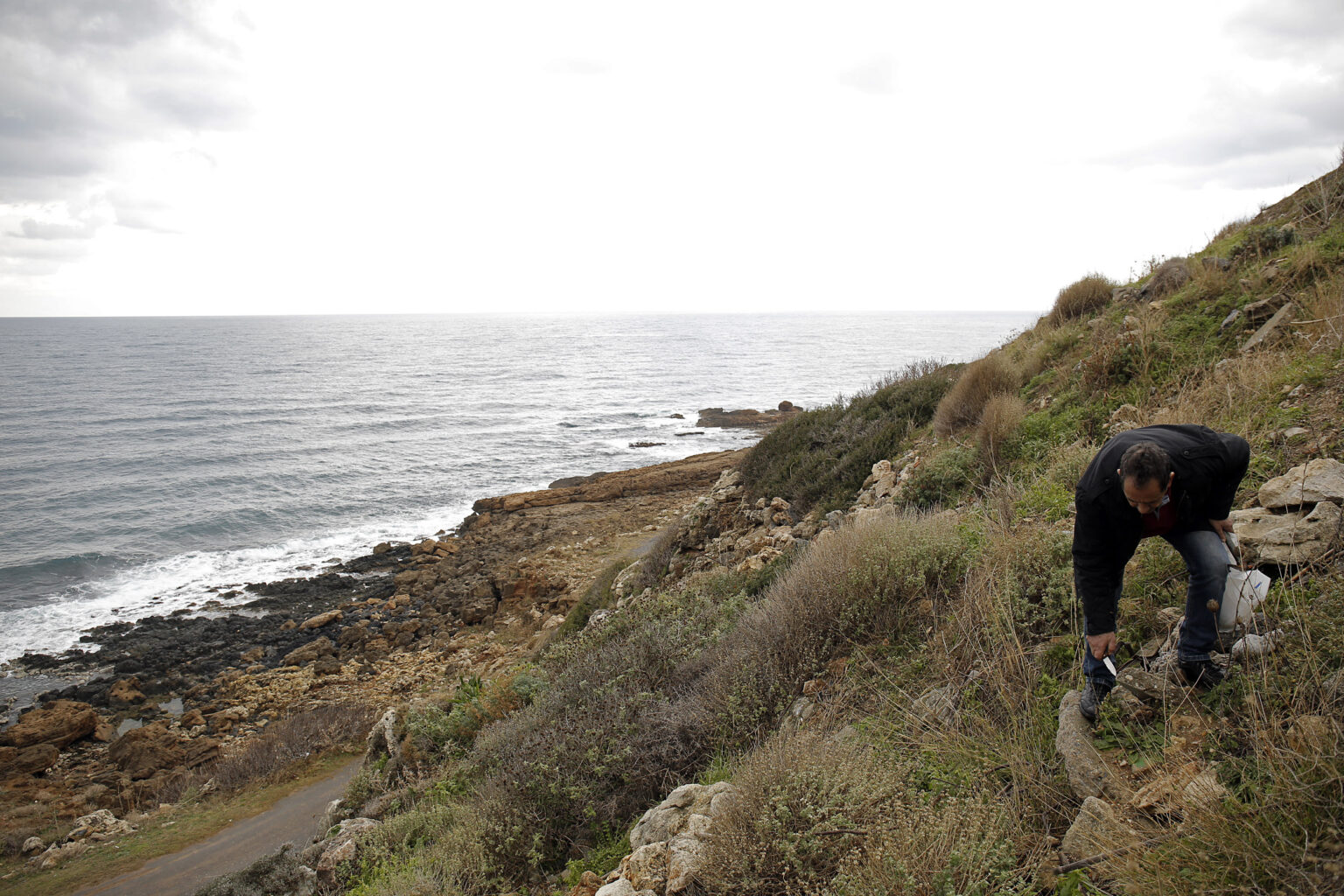Crete, the largest of the Greek islands, is renowned not only for its stunning landscapes and rich history but also for its unique and vibrant culinary traditions. Central to the Cretan diet, often heralded as one of the healthiest in the world, is the use of fresh, local ingredients. A significant aspect of this tradition is foraging, the practice of gathering wild plants, herbs, and other natural ingredients from the island’s diverse ecosystems. Culinary foraging experiences in the Cretan wilderness offer both locals and visitors a unique opportunity to connect with nature, learn about edible wild plants, and discover the flavors that define Cretan cuisine.
The Tradition of Foraging in Crete
Foraging has been an integral part of Cretan life for centuries. The island’s inhabitants have long relied on the bounty of their natural surroundings to supplement their diets. The rugged mountains, fertile plains, and coastal areas of Crete are home to a wide variety of wild edibles, including greens, herbs, mushrooms, fruits, and nuts. This practice is deeply rooted in the island’s agricultural and pastoral traditions, reflecting a profound knowledge of the local flora and a sustainable approach to living off the land.
Popular Wild Edibles in Crete
Cretan foraging often focuses on a variety of wild greens and herbs collectively known as “horta.” These include species like wild chicory (Cichorium intybus), stamnagathi (Cichorium spinosum), and purslane (Portulaca oleracea). These greens are typically boiled or steamed and served with olive oil and lemon, forming a staple of the Cretan diet. They are valued not only for their flavor but also for their nutritional benefits, being rich in vitamins, minerals, and antioxidants.
Herbs such as oregano, thyme, sage, and rosemary are also commonly foraged and used to flavor a wide range of dishes. In the spring, wild asparagus and mushrooms, such as the prized morels, are sought after. Fruits like wild berries and carob, as well as nuts like almonds and walnuts, add to the diversity of foraged foods available throughout the year.
Foraging Tours and Workshops
Foraging tours and workshops in Crete have become increasingly popular, offering participants a hands-on experience in discovering the island’s natural larder. These tours are typically led by knowledgeable local guides who have an intimate understanding of the region’s flora and its culinary uses. Participants are taken to various foraging hotspots, such as mountain slopes, coastal areas, and forested regions, where they learn to identify and gather edible plants.
During these excursions, guides share their expertise on the traditional uses of different plants, their nutritional properties, and the best times and methods for harvesting. Participants often get the chance to taste the wild edibles in their natural state, providing an authentic and immersive culinary experience.
Culinary Integration
The foraging experience doesn’t end with gathering the ingredients. Many tours and workshops include a culinary component where participants learn how to prepare and cook with the foraged foods. This often takes place in a traditional Cretan kitchen or an outdoor setting, such as a rustic farmhouse or a village taverna.
Under the guidance of local chefs or home cooks, participants learn to create classic Cretan dishes that highlight the flavors of the wild ingredients they have gathered. These might include dishes like horta vrasta (boiled wild greens), kalitsounia (wild green pies), and marathopita (fennel pie). The emphasis is on simple, wholesome cooking that allows the natural flavors of the ingredients to shine.
The Benefits of Foraging
Culinary foraging experiences offer numerous benefits beyond the immediate pleasure of discovering and tasting wild foods. They foster a deeper connection to the land and an appreciation for the natural resources that sustain us. Foraging promotes sustainable eating practices, encouraging the use of locally sourced, seasonal ingredients that have minimal environmental impact.
Foraging also supports the preservation of traditional knowledge and cultural heritage. By participating in these activities, visitors and locals alike contribute to the continuation of age-old practices that are integral to Cretan identity. This cultural transmission is vital for maintaining the island’s unique culinary traditions in the face of globalization and changing lifestyles.
Conclusion
Culinary foraging experiences in the Cretan wilderness provide a unique and enriching way to explore the island’s natural and cultural landscape. Through the guided discovery of wild edibles, participants gain insight into the deep-rooted traditions that shape Cretan cuisine. These experiences not only highlight the flavors and nutritional benefits of foraged foods but also emphasize the importance of sustainability and cultural preservation. Whether you are a food enthusiast, a nature lover, or a curious traveler, foraging in Crete offers a memorable and meaningful adventure that connects you to the heart of the island’s heritage and its bountiful natural environment.


